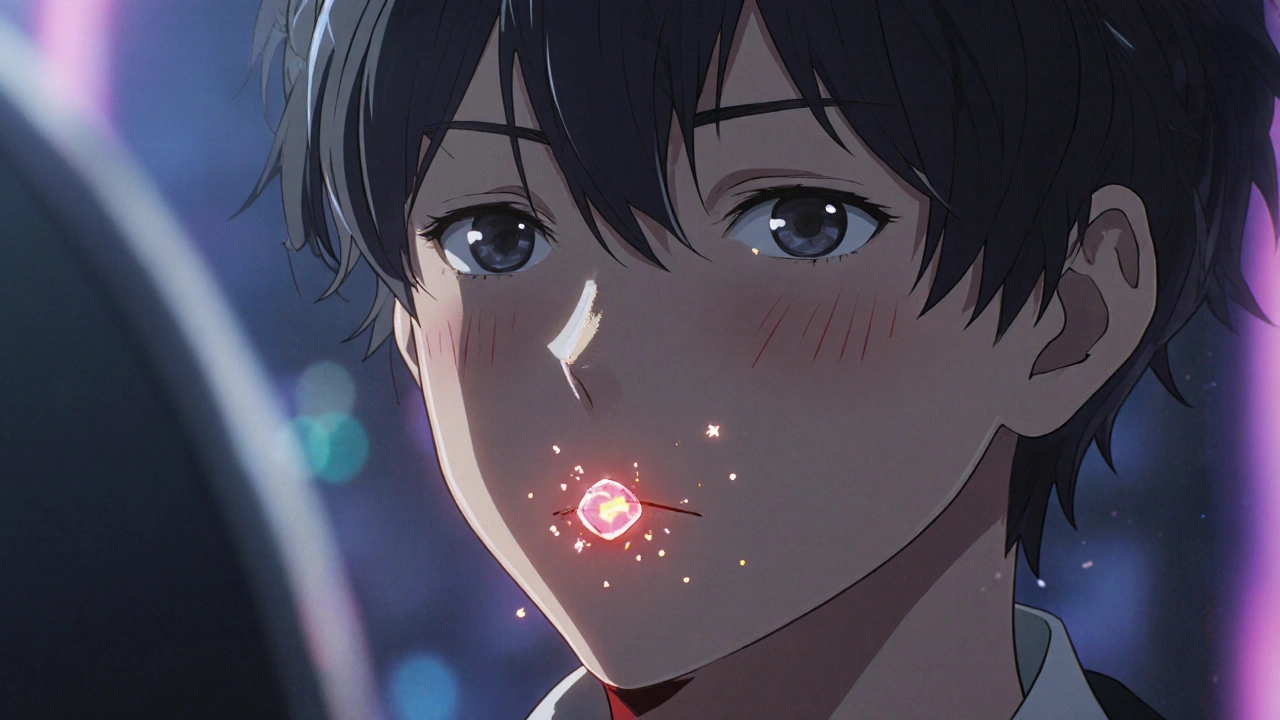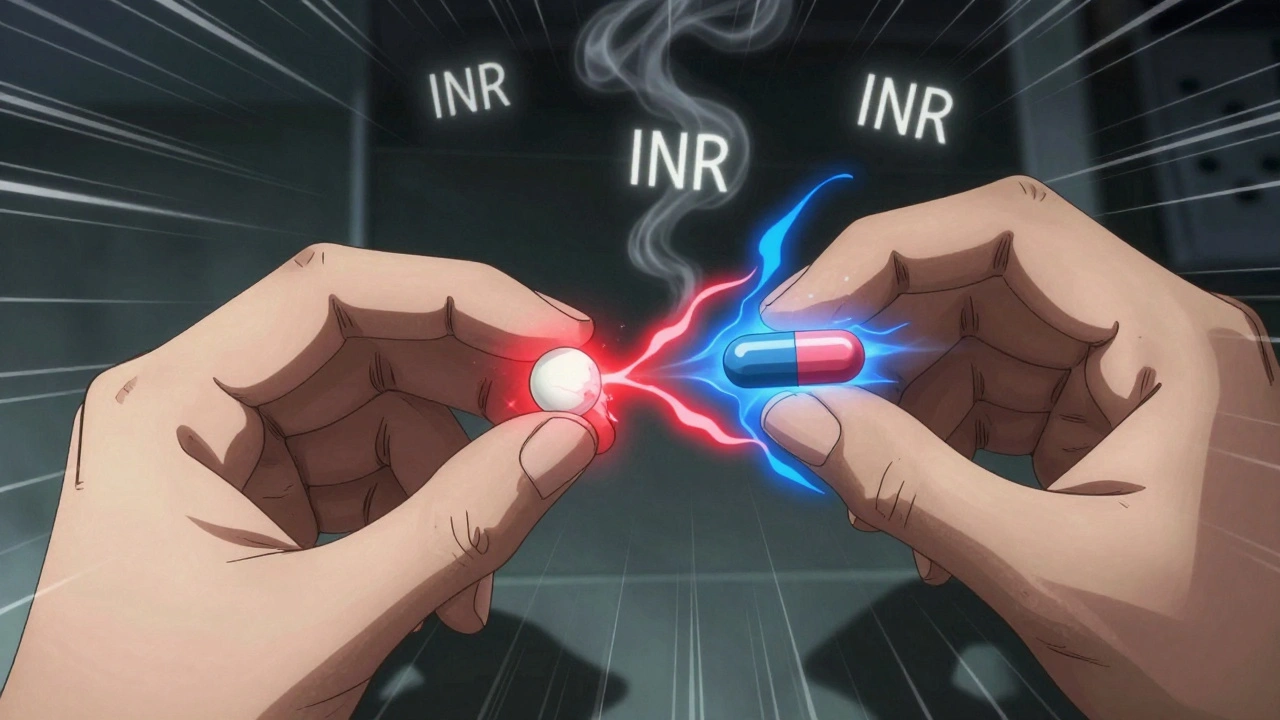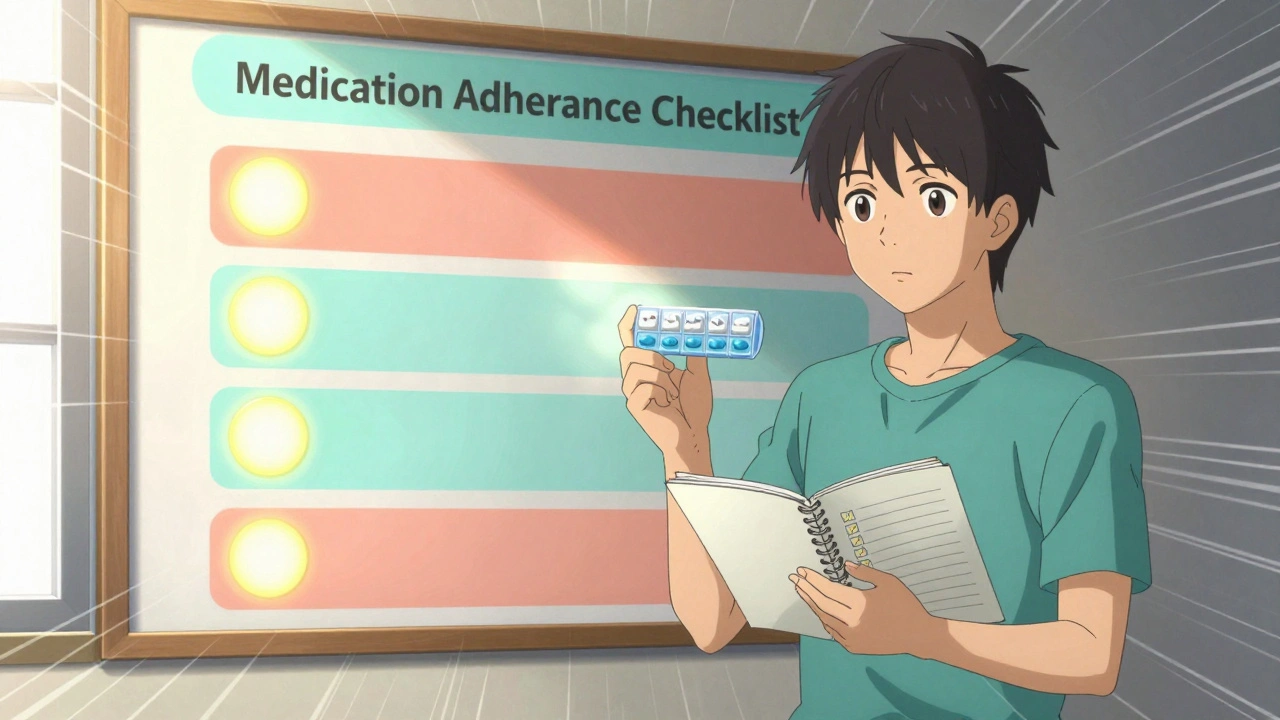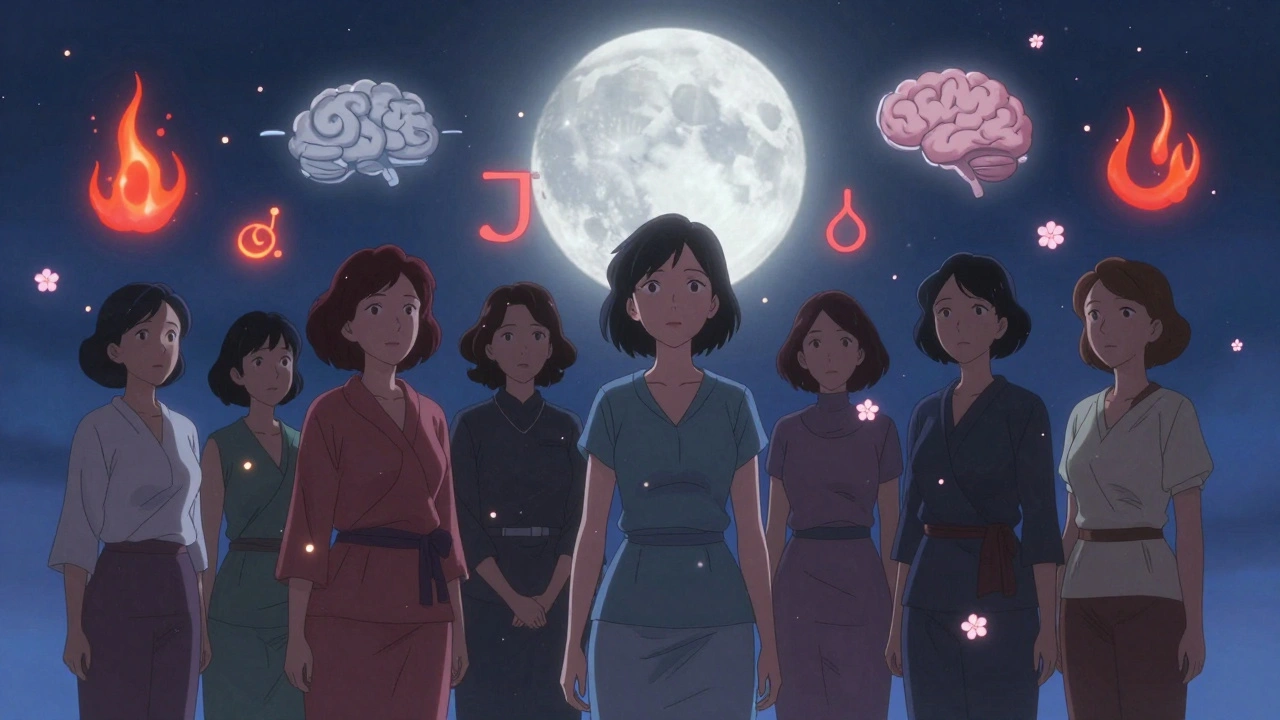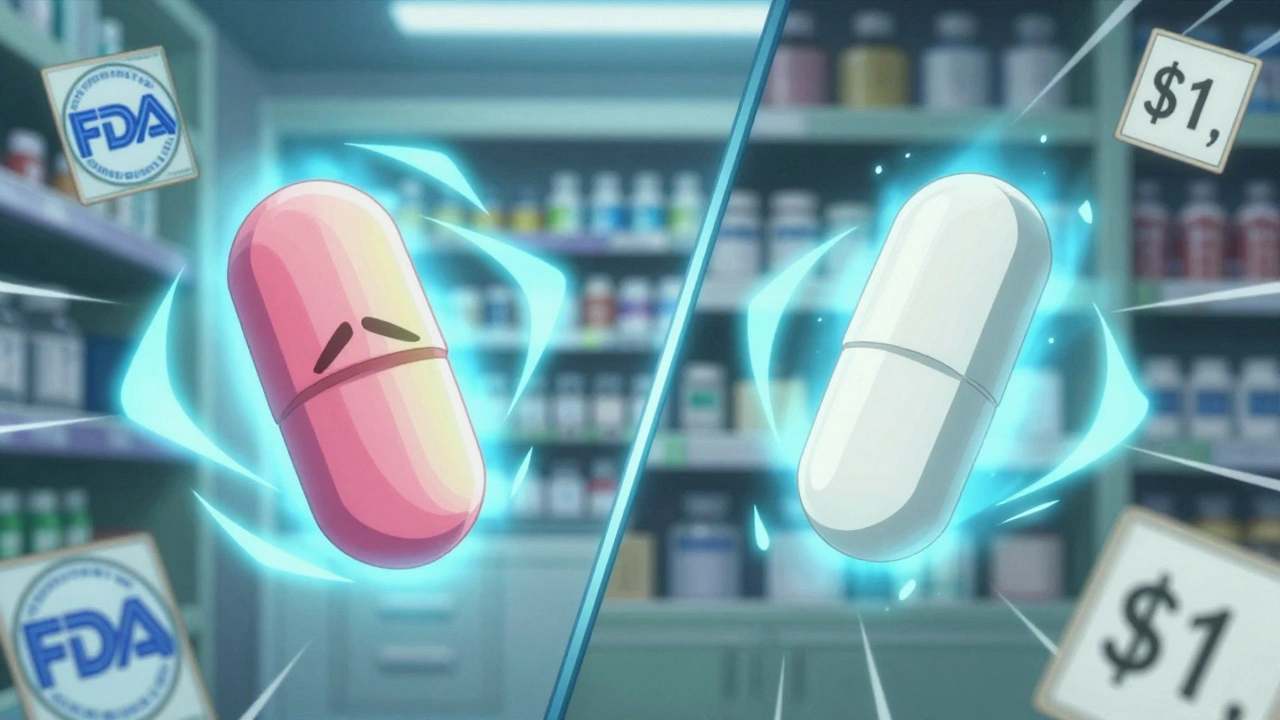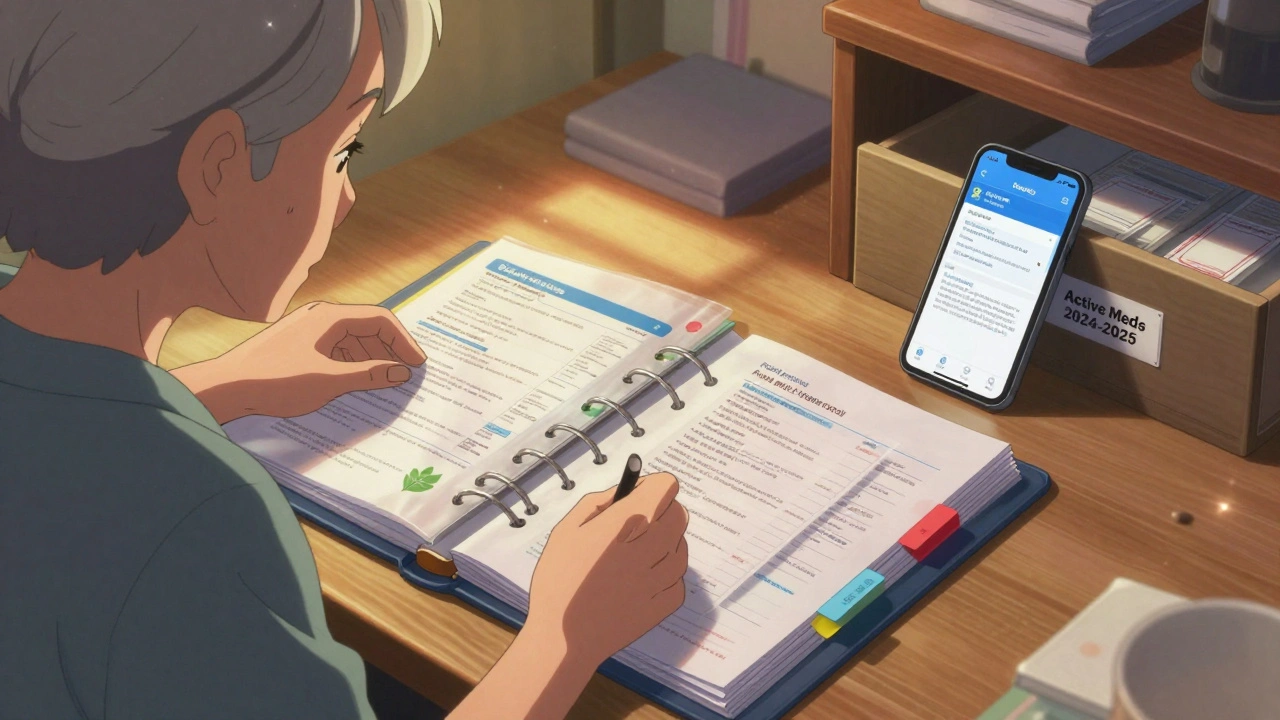Pimples: Causes, Treatments, and What Actually Works
When you think of pimples, small, inflamed bumps on the skin caused by clogged pores and bacteria. Also known as acne, it's not just a teenage problem—it shows up in your 20s, 30s, even 40s, often tied to stress, hormones, or what you put on your skin. Pimples happen when oil, dead skin cells, and bacteria team up inside your pores. That’s it. No magic, no dirt you didn’t wash off. But what you do after that? That’s where things get messy.
Some people swear by harsh scrubs and alcohol-based toners. Others try natural oils, tea tree extracts, or DIY baking soda pastes. But here’s the truth: most of those methods either don’t work or make things worse. Over-cleaning dries out your skin, which tricks your body into making even more oil. And popping them? That’s how scars form. What actually helps? benzoyl peroxide, a proven topical treatment that kills acne-causing bacteria and clears pores in low doses (2.5% to 5%), used daily. salicylic acid, a gentle exfoliant that digs into pores to remove buildup works well for blackheads and mild breakouts. And if your pimples are tied to hormones—like breakouts around your jawline before your period—hormonal acne, a type of acne triggered by androgen fluctuations might be the real culprit, and that needs different tools.
What you’ll find below isn’t a list of miracle cures. It’s a real-world collection of what people have tried, what worked, what backfired, and what experts actually recommend. You’ll see comparisons of OTC products, tips for avoiding irritation, and how certain medications or lifestyle changes connect to breakouts. No fluff. No hype. Just clear, practical info from real experiences and medical evidence.
Cold Sores vs. Pimples: How to Tell Them Apart and Treat Them Right
Cold sores and pimples look similar but are totally different. Learn how to tell them apart by location, sensation, and appearance-and what treatments actually work for each.

